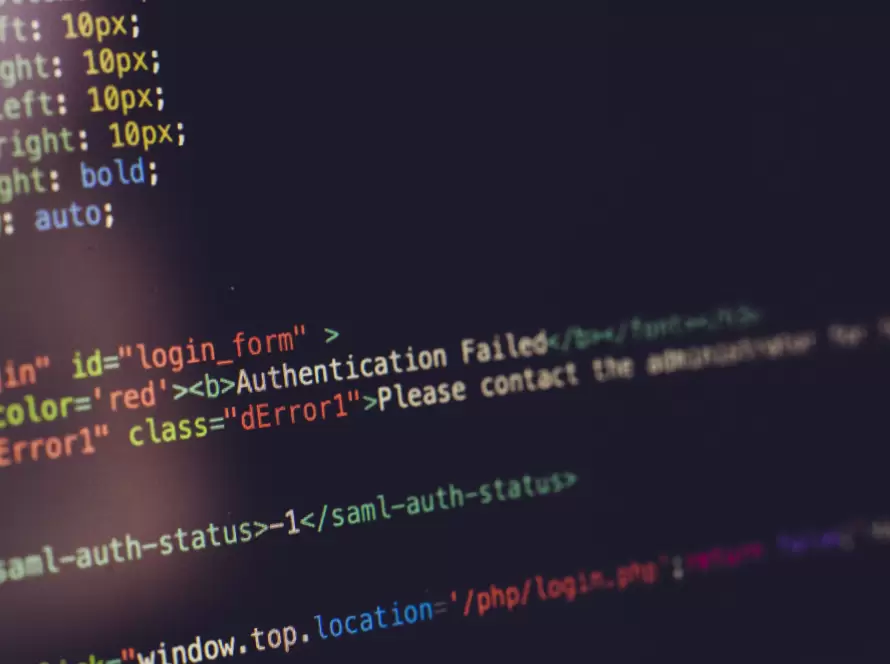Generated by Contentify AI
- Introduction
- The Importance of CSS Best Practices
- The Benefits of Following CSS Best Practices
- Common CSS Mistakes to Avoid
- Strategies for Organizing CSS Code
- Maintaining CSS Best Practices Over Time
- Conclusion

Key Takeaways
- Use meaningful names for classes and IDs to improve code readability and maintainability
- Organize CSS rules using a consistent and logical structure to make it easier to find and update styles
- Minimize the use of !important and inline styles to maintain a clear and predictable style hierarchy
Introduction
CSS best practices are essential for every web developer to ensure a streamlined, efficient, and maintainable codebase. By following these best practices, developers can optimize their CSS code, improve website performance, and enhance user experience. With the constantly evolving web development landscape, staying updated on the latest CSS best practices is crucial for creating modern, responsive, and visually appealing websites. This article will explore the importance, benefits, and strategies for implementing CSS best practices, providing valuable insights for web developers.
The Importance of CSS Best Practices
In the world of web development, adhering to CSS best practices is paramount. By following established guidelines, web developers can ensure cleaner, more efficient code that is easier to maintain and update. These best practices encompass various aspects of CSS, including naming conventions, organization, and performance optimization. By familiarizing themselves with these practices, developers can enhance the quality of their code and streamline the development process. This commitment to best practices ultimately leads to improved website performance, better user experience, and long-term sustainability.
The Benefits of Following CSS Best Practices
Following CSS best practices offers several benefits that directly impact the quality and performance of web development projects. By implementing these practices, developers can ensure a more efficient and maintainable codebase. This, in turn, leads to improved website performance, streamlined development processes, and enhanced user experience. Additionally, adhering to CSS best practices can contribute to the creation of responsive and visually appealing websites. As web development continues to evolve, staying informed about these best practices is crucial for maintaining modern, high-quality standards in CSS coding.
Common CSS Mistakes to Avoid
Web developers must be mindful of common CSS mistakes to avoid, as these can lead to inefficient code, increased load times, and potential compatibility issues. One common mistake is using overly specific selectors, which can make the code rigid and difficult to maintain. Additionally, neglecting to leverage CSS pre-processors or failing to organize code effectively can hinder scalability and maintainability. Another pitfall is neglecting browser compatibility, leading to inconsistent rendering across different browsers. By steering clear of these and other common mistakes, developers can ensure that their CSS code is clean, efficient, and compatible across various platforms.
Strategies for Organizing CSS Code
When organizing CSS code, web developers should consider employing a modular approach. This involves breaking down stylesheets into smaller, reusable modules, making the codebase more maintainable and scalable. Utilizing a consistent naming convention for classes and IDs can also streamline organization, making it easier to understand and maintain the code. Additionally, leveraging CSS preprocessors such as Sass or Less can enhance code organization through features like variables, mixins, and nesting, promoting cleaner and more manageable stylesheets. Another effective strategy is to use a CSS methodology such as BEM (Block Element Modifier) or SMACSS (Scalable and Modular Architecture for CSS) to structure and organize styles. By incorporating these strategies, developers can ensure that their CSS code remains well-organized, maintainable, and efficient, aligning with the 10 CSS best practices every web developer should know.
Maintaining CSS Best Practices Over Time
To maintain CSS best practices over time, web developers should prioritize ongoing learning and adaptation. The ever-evolving nature of web development necessitates staying updated on the latest best practices to ensure that CSS code remains efficient and modern. By regularly seeking out new techniques and approaches, developers can refine their skills and adapt their code to meet current standards. Additionally, participating in web development communities, attending relevant workshops, and exploring up-to-date resources can provide valuable insights into emerging best practices and industry trends. By staying proactive and adaptable, developers can uphold the 10 CSS best practices every web developer should know, ensuring that their code remains optimized and effective over time.
Conclusion
Web developers are constantly striving to enhance their skill set and optimize their coding practices. In the realm of CSS, there are 10 best practices that every web developer should be well-versed in. These practices encompass various aspects of CSS, including naming conventions, organization, and performance optimization. By familiarizing themselves with these practices, developers can ensure cleaner, more efficient code that is easier to maintain and update. This commitment to best practices ultimately leads to improved website performance, better user experience, and long-term sustainability. In the ever-evolving landscape of web development, staying informed about these best practices is crucial for maintaining modern, high-quality standards in CSS coding.



